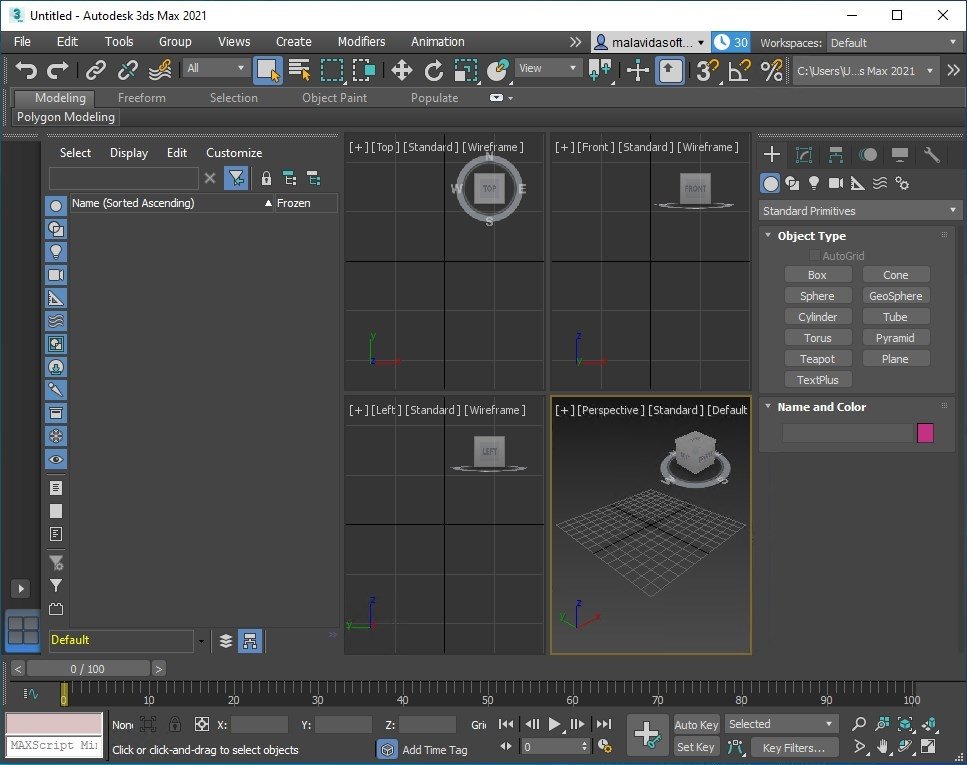

This action converts the assigned Standard material to a PBR Physical Material.

In the Material/Map Browser, select Physical Material. In the Material Editor, select the Standard tab. Physical Material is the preferred 3ds Max material for Azure Remote Rendering projects.

So we need to change the material type to a PBR material. This material is a basic material that's not suitable for PBR setup. Typically, the material type is set to Standard by default. In the Material Editor, you can choose from a wide selection of material types, depending on your needs. The material is now assigned to the selected object. Select Assign Material to Selection, as shown. After it's assigned to an object, the selected material will be highlighted, as shown in the next image. Then select the first sphere in the Material Editor. To assign the materials, first select one of the objects in the main viewport. We'll assign one of these materials to each object (each box) in the scene. In the Material Editor, you'll see a number of spheres. Because this scene is relatively simple, we'll use the compact mode. The Material Editor has two modes that you can select in the Modes list: Compact Material Editor mode and Slate Material Editor mode. You can also select M on your keyboard to open the editor. On the main toolbar, select the Material Editor icon as shown in the following screenshot. Now that we have some objects in our scene, in this case a number of cubes, we can begin the PBR setup: Rename the objects, as shown in the following screenshot: This makes them easier to find later if the scene contains a lot of objects. When you create assets, it's a good practice to name them appropriately as you go. To start, we'll create a number of box objects, each of which represents a different type of material. In 3ds Max, the process for setting up a PBR material is as follows.
Como colocar materiales en 3d max 2015 full#
It's a grayscale map that indicates which areas of the model receive full lighting (white) or full shade (black). Ambient Occlusion, which is used to add soft shading and contact shadows to a model.Examples of detail are pitting and dents on a metal surface or grain in wood. Normal, which adds detail to a surface without adding more polygons.It also affects the sharpness or blurriness of the reflections and highlights on a surface. Roughness, which determines how rough or smooth a surface is.Metalness, which determines if a material is metallic and which parts are metallic.Albedo, which is the material's color map and is also called Diffuse and BaseColor.Broadly speaking, each material contains all or most of the following textures: They're assigned different materials, like wood, metal, painted metal, plastic, and rubber. The sample scene in this tutorial contains a number of polygon box objects. This tutorial is a guide to basic PBR shader setup and FBX export for Azure Remote Rendering projects. It's similar in many ways to PBR setup in other content-creation apps like Maya. The procedure described in this tutorial works in 3ds Max 2019 and 3ds Max 2020.Ī change in how 3ds Max 2021 exports bump maps means that normal maps will not be found by the conversion service if that version is used.Ĭreating physically based rendering (PBR) materials in 3ds Max is a straightforward task.


 0 kommentar(er)
0 kommentar(er)
